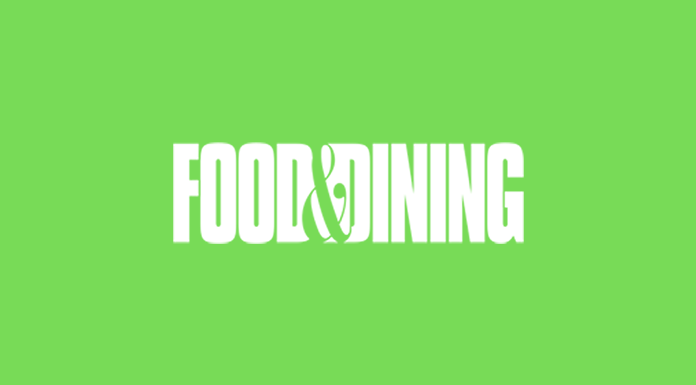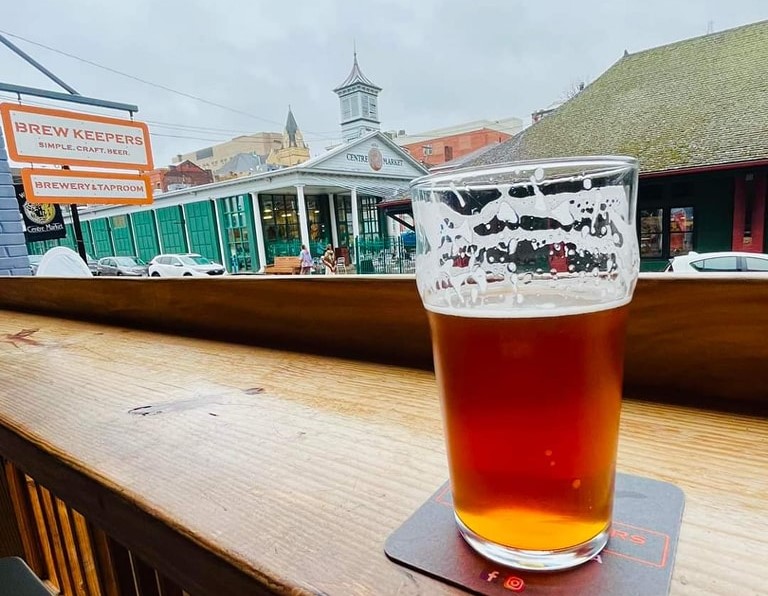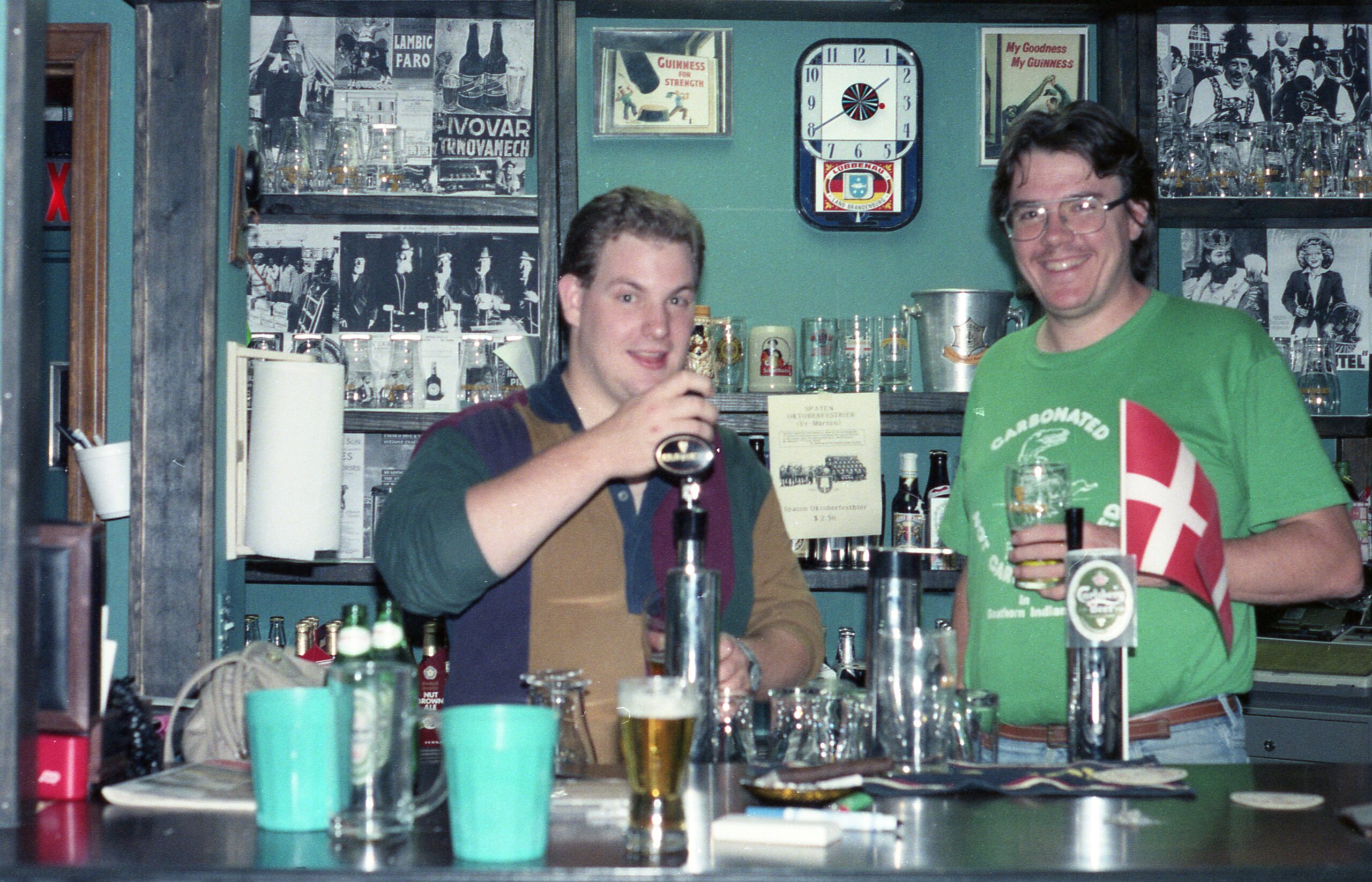Owámni kiŋ Dakóta Wóhe Wičhášta de káǧe. Ikčéya wóhe wičhášta Sean Sherman k’a ikčéya wóhe wíŋyaŋ Dana Thompson waŋná ečháda owóte thípi kiŋ yuíŋyaŋkapi.
The words are an introduction to the Owamni restaurant, writtten in the Dakota language.
Dakota and Lakota are Siouan languages of the Great Plains. They are so closely related that most linguists consider them dialects of the same language, similar to the difference between British and American English. There are some differences in pronunciation, but they are very regular, and Dakota and Lakota Indians can almost always understand each other. The Nakota languages–Stoney and Assiniboine–are also closely related languages but a Dakota or Lakota Sioux speaker cannot easily understand them without language lessons, similar to the difference between Spanish and Portuguese. There are a combined 26,000 speakers of Lakota and Dakota Sioux in the western United States and southern Canada, especially in their namesake states of North and South Dakota.
Owamni is a full service Indigenous restaurant in downtown Minneapolis, and I’m tremendously annoyed with myself for not knowing about it when we visited the city last August.
We prioritize purchasing ingredients from Indigenous producers first, along with featuring many wild flavors that make up our...Read more








